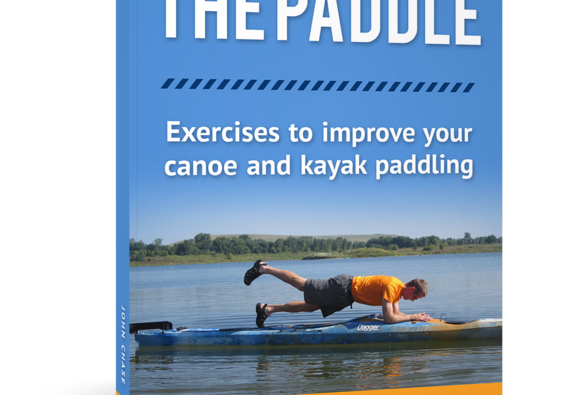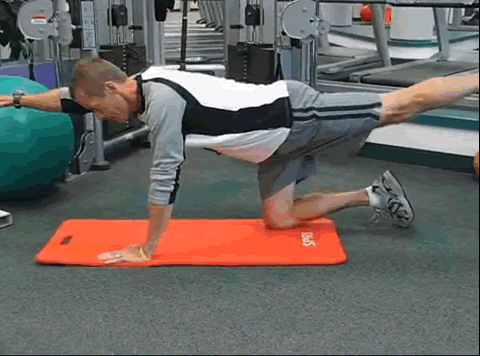Torso rotation is critical to paddling success. As instructors, we talk about it all the time. But what does it really mean, what causes it to happen, and most importantly how do you train for it?
Let’s start by defining where torso rotation comes from. When most people hear “the core” in relation to their bodies, they instantly think of the abs. While your abs are one part of your core, they’re just one part. The core of your body is composed of the lumbo-pelvic-hip complex and all of the muscles that attach to it. That means you’re dealing with muscles including the abs (rectus abdominis, transversus abdominis, and obliques), spinal erectors, chest, latissimus dorsi, hip flexors, glutes, and more. You’re using all of the muscles of the midsection of your body with exception of the extremities. These muscles are responsible for support all basic movement of your body. They keep you sitting upright in your seat. They keep you from collapsing as your walk. They’re responsible for bending, flexing, extending, and yes, rotating.
Now, let’s talk about what torso rotation looks like in a paddling situation. Picture yourself in your boat, eyes fixed forward and shoulders solidly positioned remaining perpendicular to your boat. You’re paddling hard, but all the power is coming from your arms. Now, picture yourself in the boat and placing the right side blade in the water at the 2 o’clock position. Rather than leaning forward to dip the blade to the water, you turn your body, from the waist up to increase your range of motion. The blade sinks into the water, but instead of just pulling with your arms you keep a slight bend at the elbow and rotate your right shoulder toward the stern while the left shoulder moves toward the bow.
That’s torso rotation in action. You’re using the power of the large muscles of your midsection to create your paddle stroke rather than the small muscles of your arms. Training for more efficient torso rotation involves a combination of activities to improve flexibility and exercises that load the body when performing that type of movement.
Here’s a quick and easy test. Grab a broomstick for this test.
1. Start by sitting cross legged on the floor inside an open door frame and facing the frame
2. Place the broomstick across your shoulders with your arms draped over the stick
3. Without moving your legs, rotate your shoulders as far as you can with your goal being to get the stick to hit the door frame
If you can get to the door frame, you have pretty decent trunk flexibility and mobility. If not, you’ll want to work on improving your these areas to help you use your core effectively. A strong core without good flexibility and mobility will always limit your movement.



